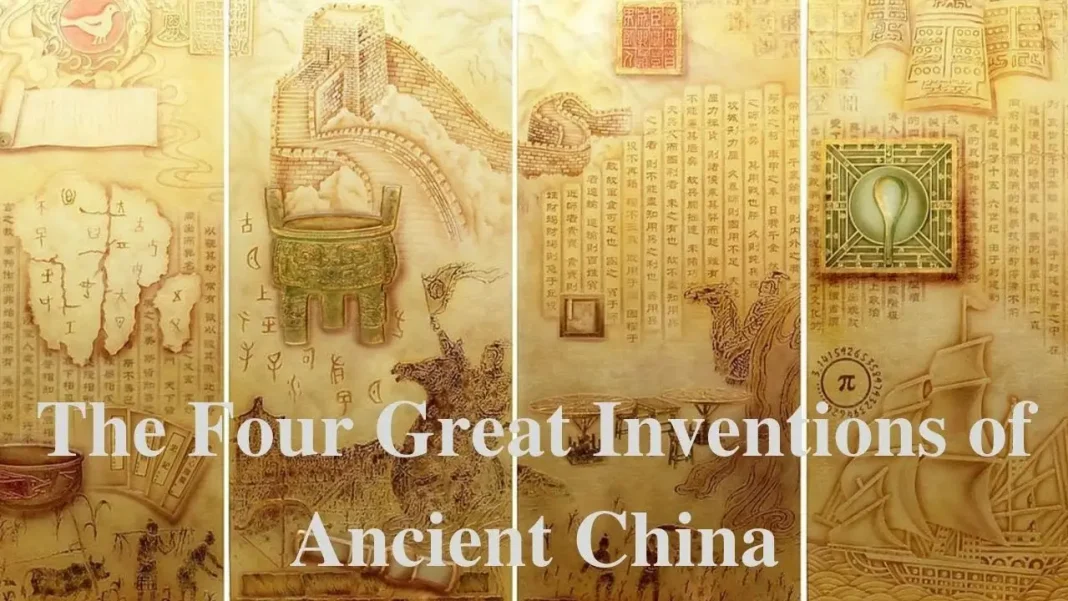Ancient China was an advanced civilization that produced many important inventions. Among them, the Four Great Inventions of Ancient China – papermaking, gunpowder, compass and movable-type printing, have had a profound impact on the development of human society.
The invention of papermaking recorded as early as the 2nd century BC, papermaking revolutionized writing and literacy. Before paper, bones, tortoise shells, and bamboo slips were used as writing surfaces, but they were heavy, difficult to transport and store. Paper was more versatile, lightweight, and easier to produce in mass quantities. Paper spread from China through the Silk Road to the Islamic world and then into Europe. Papermaking technology continued to spread globally and revolutionized writing, education and commerce, and the spread of papermaking enabled the spread of education and literacy in China and around the world.
Gunpowder, invented in the 9th century, led to the development of cannons and firearms. Gunpowder is composed of saltpeter, sulfur, and charcoal. When ignited, it releases a large volume of hot gases, which can be harnessed to provide explosive power. The formula soon spread to other parts of the world and became the earliest form of chemical explosive used in fireworks and cannons. The formula of gunpowder spread to Arabia and then into Europe through trade and conquest. It gave rise to an arms race and reshaped modes of warfare around the world. Gunpowder led to a military revolution in early modern Europe
Compass showing up in the 11th century enabled better sea navigation and exploration. The compass uses magnetized needles that align with the Earth’s magnetic field to indicate the north-south direction. This allowed ships to navigate accurately across oceans. The compass improved maritime trade and commerce, and led to new discoveries and connections between peoples across the globe. The compass was crucial to the Age of Discovery starting in the 15th century. Compass technology continued to improve, using needles and then electronics to enable precise navigation and positioning. It has had an enduring impact on exploration, transportation, and wayfinding.
Woodblock movable-type printing was invented in China by Bi Sheng in the 11th century. This enabled the mass production of books to spread knowledge much more efficiently than handwriting or copying. His invention featured the use of characters made of fired clay types that could be moved and reused. The technology later spread to Korea and Europe, where the Gutenberg press used metal movable type. The invention of movable-type printing was instrumental in spreading learning, speeding up the progress of science and advancing human civilization. Printing has had a profound and lasting impact on society. It is fundamental to the spread of education and scientific progress in the modern world.

The Four Great Inventions of Ancient China – papermaking, gunpowder, the compass and movable-type printing – have brought tremendous changes that shaped the world. They demonstrated the inventiveness and scientific spirit of the Chinese people. These groundbreaking inventions spread from China to transform societies around the globe, laying foundations for the future development of humankind. They were instrumental in ushering in the rise of science, spread of knowledge and progress of civilization.












